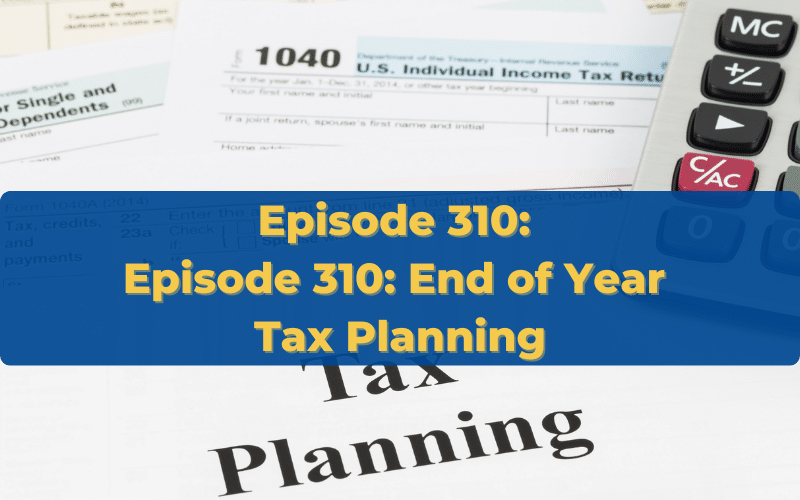Marriage is a time of great love and joy for two individuals as they prepare to legally join their lives together and begin life as a married couple. With so many hopes and dreams afoot, it may be tempting to bypass marriage planning with an attorney altogether, but this is something that should be considered.
There are two primary legal actions a couple can take to ensure they are more adequately protected during their marriage and in the event of a divorce:
- Prenuptial Agreements
- Postnuptial Agreements
While legal marriage planning in any form may seem like an awkward conversation to initiate before heading down the aisle, it can be a gesture of love to show that your spouse’s protection is of utmost importance to you should the marriage fall apart at some point.
Prenuptial Agreements and How They Work
While a prenuptial agreement was once considered a protection only entered into by the rich and famous, it is becoming an increasingly common practice entered into by younger generations as well as those entering into second or third marriages. This is thought to be in large part due to individuals wanting to protect their own assets as well as those of their spouse.
Some of the situations a prenuptial agreement is designed to address are:
- If an individual has valuable assets that were amassed on their own prior to and during marriage, this type of agreement could protect that from being shared with a spouse upon divorce. If not declared in a prenuptial agreement, it could be distributed in part to a spouse at the time of divorce.
- If an individual owns a business or house that they want to stay in the family, a prenuptial agreement is one of the best ways to legally ensure it does so, even if the marriage ends.
- Just as assets can be shared in the event of a divorce where legal marriage planning was not enforced, so can debt. It is not uncommon for couples young and old to still be struggling to break free of student loans, credit card debt or IRS liens and garnishments. By entering a prenuptial agreement, it can protect a spouse from being saddled with part of that debt if they get a divorce.
- This subject matter tends to be more of an issue for second and third marriages in which a spouse may want to ensure that an inheritance will go to a child from a previous marriage, rather than a child from a soon-to-be marriage.
The ultimate goal of a prenuptial agreement is to protect both parties financially should divorce become a reality, but it may also be used as a tool for leverage if needed upon dissolution of the marriage.
Postnuptial Agreements and How They Work
In large part, a prenuptial agreement works similarly to a postnuptial agreement with the exception that the latter is signed by the couple after a marriage has already taken place. Its purpose is to protect the spouses in the event of a divorce.
In general, a postnuptial agreement addresses the following:
- The management of income and finances during the course of a marriage
- The division of community property upon the dissolution of the marriage
- The management of debt amassed during a marriage
- The establishment of spousal alimony if the marriage ends in divorce
Both parties must enter into this agreement willingly, without any hint of duress, fraud, or unconscionable circumstances. An agreement signed under any of these conditions could then become invalid in a court of law.
Why You Need an Attorney for Legal Marriage Planning
While some marriage planning agreements such as prenuptials and postnuptials can be drawn up via the use of a general template, it does not necessarily mean it will meet the standards set forth by the state or other government entities. Failure to comply with state law could potentially make the document invalid in a court of law.
Other benefits of working closely with an attorney for marriage planning can be:
- Some parts of a pre or postnuptial may be difficult to navigate without creating some level of discomfort between the couple. When working with an attorney to put things in place, they can assist with mediation to help keep the peace.
- Saving time. Going it alone on a legal document for marriage planning can require a huge investment of time to ensure the document is valid and meets state requirements. This process is significantly faster with the help of an attorney already familiar with state mandates and the proper legal process.
- Confidence in validity. A reputable attorney will have graduated from law school and passed the state bar exam, not to mention have years of experience. It can be incredibly difficult for an individual with no legal education or background to achieve this type of confidence in creating a valid prenuptial or postnuptial document.
If you are entering into matrimony or have just married and have questions about legal marriage planning, reach out today to find out what your next steps should be.


